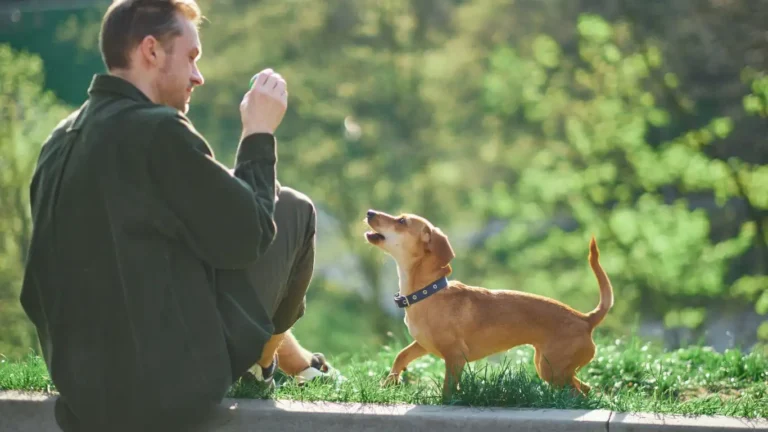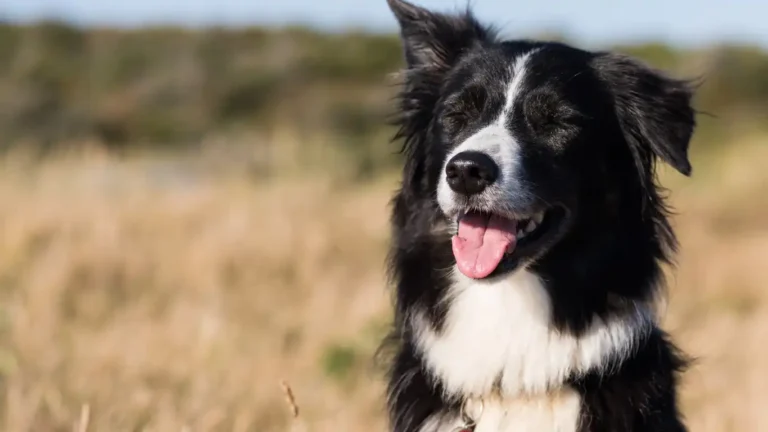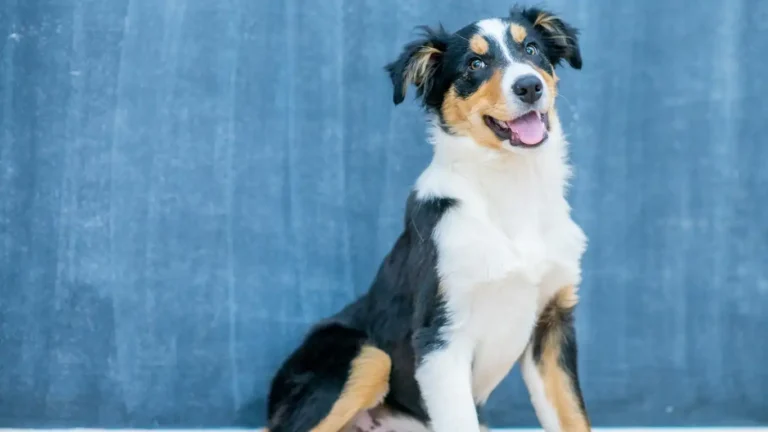Best Chew Toys for Teething Puppies That Actually Work!
If you’ve ever had a teething puppy, you know exactly what kind of chaos those tiny, razor-sharp teeth can cause. Whether it’s your shoes, furniture legs, or even your fingers — nothing is safe. As a Veterinary Technician who specializes in pet nutrition, I’ve helped countless puppy parents get through this tough (but totally normal) phase. One of the most common questions I get is: “What are the best chew toys for teething puppies?” Let me tell you, having the right chew toy can be a total game-changer. Not just for your sanity, but also for your pup’s comfort and development.
Why Teething Happens (and Why It’s a Big Deal)
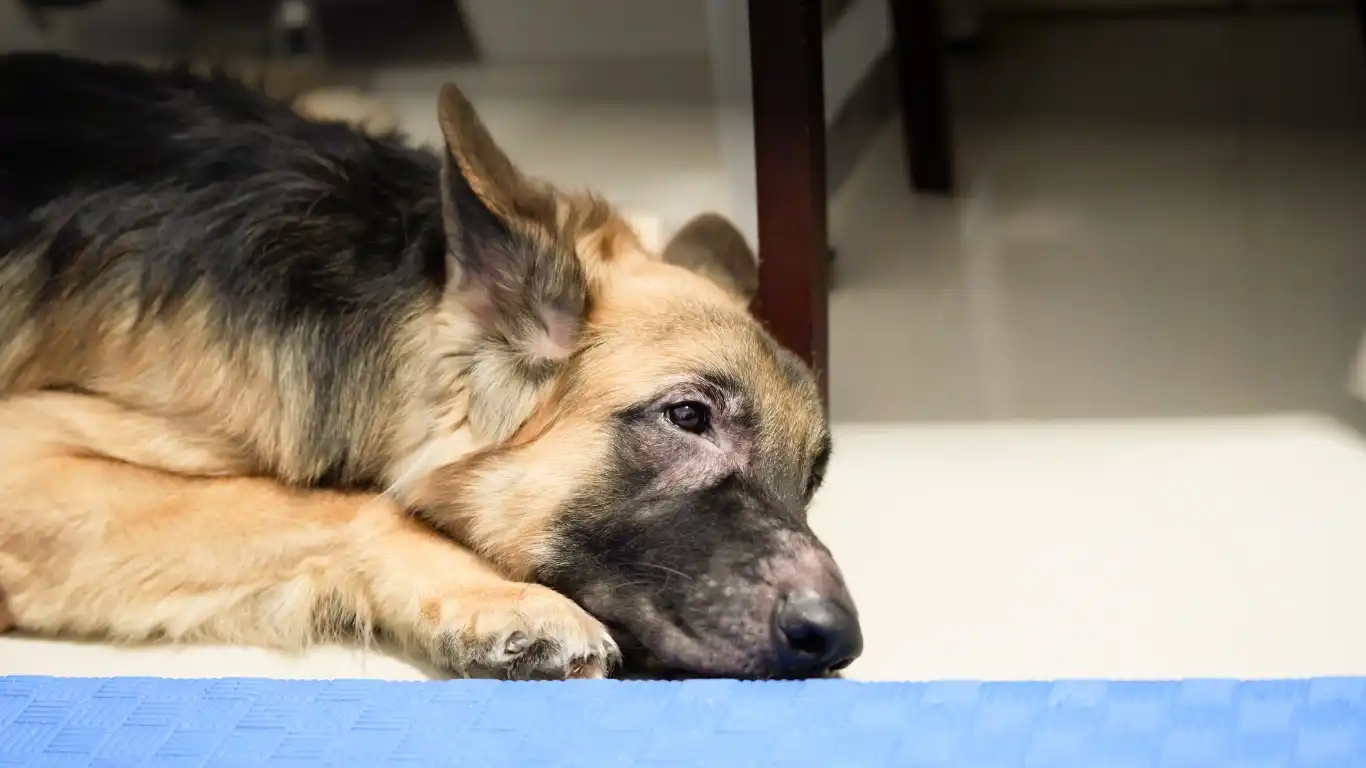
Teething is one of those puppy stages that you kinda wish you could skip, but it’s crucial for their development. Just like babies, puppies are born without teeth. Their baby teeth start coming in around 3 weeks old, and by 6 to 8 weeks, they’ve usually got a full set of 28. Then comes the second wave — their adult teeth — which start pushing through around 3 to 6 months. And yep, you guessed it: that’s when the intense chewing kicks in.
During this stage, puppies chew to relieve discomfort. Their gums can be sore and itchy, and chewing gives them some relief. But it’s not just about comfort — chewing also helps those adult teeth come in properly. So, yeah, it’s a phase you definitely want to support — in a safe and smart way.
Common Mistakes Puppy Owners Make

Okay, real talk: I’ve seen way too many well-meaning pet parents give their teething pups items that actually cause more harm than good. Here are a few things I always caution against:
- Old shoes or socks: It might seem harmless, but this teaches your pup that it’s okay to chew on ALL shoes — not just the ones you “give” them.
- Ice cubes: While they can feel good on sore gums, ice cubes can fracture those fragile baby teeth. There are better, safer options.
- Hard bones or antlers: These can break puppy teeth. Adult dogs might handle them okay (depending on the bone), but puppies? Nope. Not worth the risk.
I once had a client bring in their adorable Goldendoodle pup who had snapped a baby tooth clean in half on a deer antler. Poor guy had to get it extracted. So yeah — lesson learned the hard way.
Best Chew Toys for Teething Puppies (That I Actually Recommend)

Here’s where my hands-on experience in clinics really pays off. I’ve seen what works and what doesn’t, and trust me — not all chew toys are created equal. When choosing the best chew toys for teething puppies, I look for a few key things:
- Soft, but durable: The toy should have some give to it so it doesn’t damage those sensitive gums or new teeth.
- Textured surfaces: These massage the gums and help soothe discomfort.
- Food-safe materials: Non-toxic is a must. Puppies explore the world with their mouths — we need to make sure what they’re chewing is safe if ingested.
- Bonus if it’s freezable: Cold toys can reduce inflammation and make teething less painful. I love recommending toys you can pop in the freezer.
Nylabone Puppy Chews
These are a staple in my vet tech toolbelt. They’re soft enough for baby teeth but still tough enough to last more than a few hours. Some even come with a flavor to make them extra appealing. I’ve had great feedback from clients who say these toys help redirect destructive chewing.
KONG Puppy Toy
The classic for a reason. It’s got that perfect combo of bounce, texture, and durability. Plus, you can stuff it with a little puppy-safe peanut butter or frozen banana puree for extra soothing relief. I usually recommend freezing it — game changer for sore gums!
Petstages Cool Teething Stick
Okay, I’ll admit — I love this one mostly because pups go *nuts* for it. It’s made to be soaked in water and frozen. The cool texture gives them instant relief and the crinkly sound inside adds a sensory element. Fun AND functional? I’m all in.
Chew Toys to Avoid (Based on Real Clinic Visits)
As much as I love giving you a solid list of winners, I also think it’s super important to know what to avoid. From my experience in clinics, these are the repeat offenders when it comes to damaged teeth or GI issues:
- Rawhide: Not only is it a choking hazard, but it can also swell in the stomach and cause blockages. Nope. Just nope.
- Hard nylon bones (for adults): They’re just too intense for puppy teeth. Wait until your dog is fully grown before introducing these.
- Cheap plush toys with squeakers: Puppies often rip them apart and swallow the squeaker — not a fun ER visit, believe me.
Choosing the right chew toy is more than just keeping your pup busy — it’s about supporting their physical and emotional development, while saving your furniture (and fingers) from destruction. Stick with options designed specifically for teething pups and you’ll be setting them — and yourself — up for a much smoother ride through puppyhood.
What to Look for Based on Your Puppy’s Breed and Chewing Style
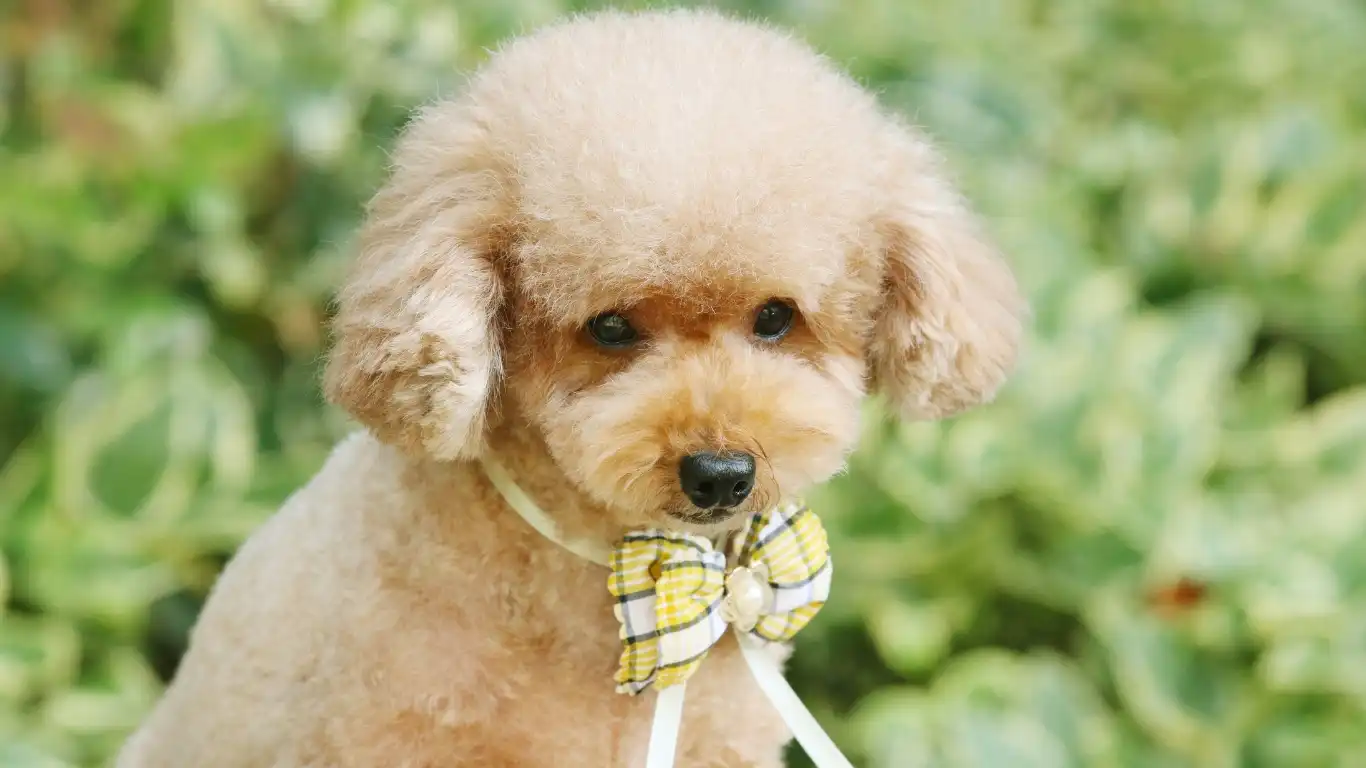
Not all pups chew the same. I’ve seen tiny Yorkie pups that chew like little land sharks and massive Great Dane babies that nibble oh-so-gently. Breed and personality totally play a role in picking the best chew toys for teething puppies. And yes, size matters — you don’t want a small toy that a big pup could choke on, or a massive toy that a tiny puppy can’t even lift.
Here’s a quick breakdown I usually share with my clients during our puppy wellness visits:
- Small breeds (Chihuahuas, Poms, Yorkies): Go for softer, lighter toys that won’t overwhelm them. Think mini rubber rings or plush-style teething toys (as long as they’re durable).
- Medium breeds (Cocker Spaniels, Beagles, Frenchies): These pups are usually a bit more enthusiastic chewers, so look for rubbery toys with textures and the option to freeze them. They tend to love interactive toys, too.
- Large and giant breeds (Labs, Goldens, Great Danes): Durability is key. They need something with a little more heft that can take a beating without breaking apart. Frozen KONGs, heavy-duty rubber bones, or rope toys with some give can work great here.
Also — if your pup is a super chewer (and you’ll know it if you’ve gone through three toys in one week), stick to brands known for their tougher puppy-specific lines. Regular toys might not last past nap time.
DIY Frozen Treat Chews for Soothing Relief
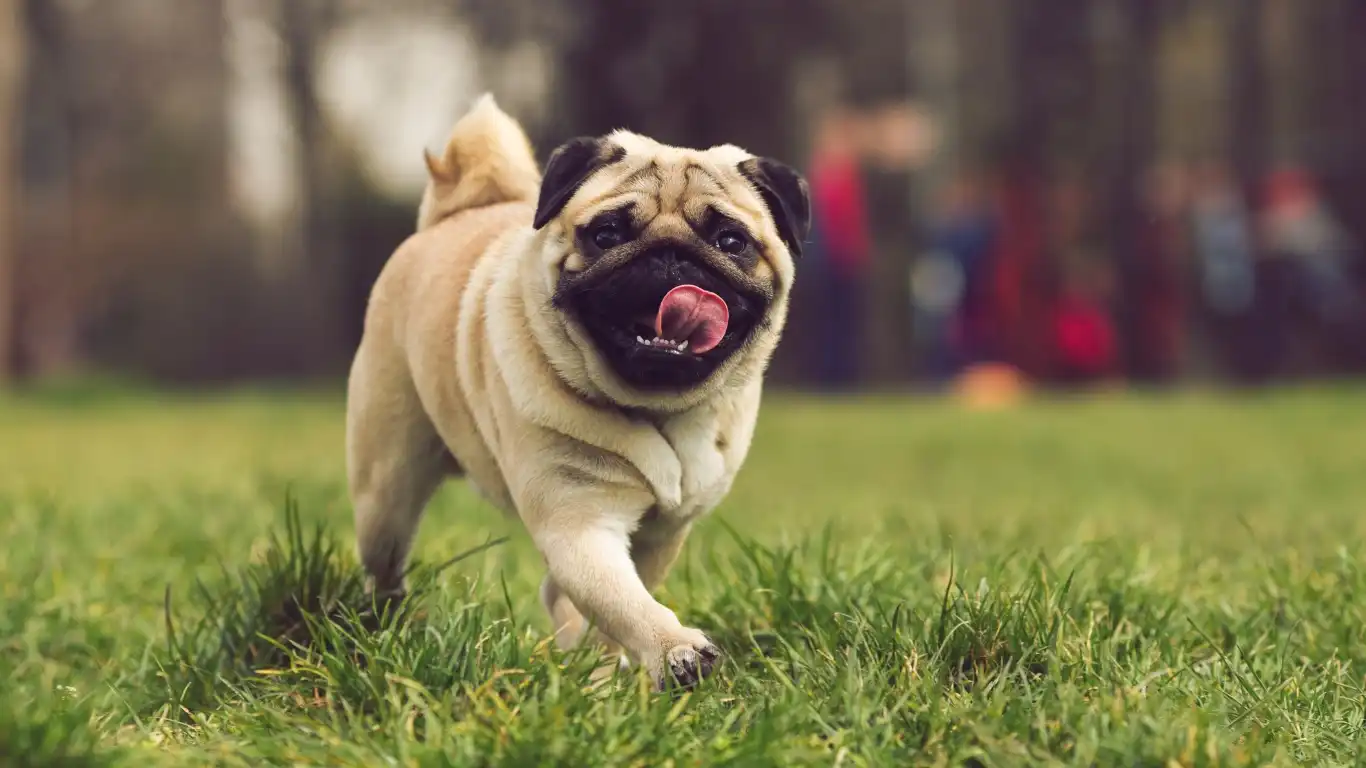
Okay, this is where I get a little nerdy about nutrition. One of my favorite things to recommend — especially for clients with pups that don’t seem interested in regular toys — is making your own frozen treat chews. It’s a win-win: they get gum relief and a little nutritional boost, too.
Here are some of my go-to recipes you can prep in minutes and freeze:
- Frozen Banana Bites: Mash one ripe banana, mix it with a spoonful of plain Greek yogurt (no sweeteners!), and pour into a silicone mold. Freeze for 2–3 hours and you’re good to go.
- Broth Ice Chews: Use a low-sodium, pet-safe bone broth. Pour it into a rubber puppy toy like a KONG and freeze it. It smells irresistible to them and keeps them entertained longer.
- Apple & Carrot Pops: Blend peeled apple slices and carrots together with a little water, then freeze into cubes or mold shapes. Crunchy, sweet, and soothing on sore gums.
Just make sure whatever ingredients you use are puppy-safe. I can’t tell you how many times I’ve seen folks accidentally add garlic powder or xylitol without realizing how harmful they are to dogs. When in doubt, ask your vet (or your favorite vet tech!)
Building Healthy Chewing Habits Early On

Here’s a biggie that gets overlooked — teething isn’t just about surviving the puppy phase. It’s also the perfect time to set your pup up for lifelong healthy chewing habits. Puppies who learn what’s okay (and what’s not) to chew early on are WAY less likely to grow into destructive adult dogs.
I like to call it “chew training,” and here’s what I usually suggest to new puppy parents:
- Offer variety: Rotate between 2–3 types of chew toys each day. Keeps them interested and helps them figure out what textures they like best.
- Supervise and redirect: If they go for your baseboards (or your toes), gently redirect them to a designated chew toy. Then praise the heck out of them when they start chewing the right thing.
- Use a toy with a purpose: For pups who get anxious when left alone, chew toys can offer comfort. I always recommend leaving a frozen toy or two when you leave the house to help with separation training, too.
I had a sweet little rescue pup named Luna who came into our clinic with a serious case of “chews everything she sees.” Her foster mom started using frozen KONGs with just a smear of puppy-safe peanut butter during crate time, and after a week? Total 180. Chewing became her comfort tool, not her destruction outlet.
How Often Should You Replace Teething Toys?
This one gets asked a lot, and honestly, it depends on your puppy’s chewing strength. Some pups will nibble gently for weeks, while others can shred a toy faster than you can say “not the couch!”
Here are some general signs it’s time to toss and replace:
- Visible cracks or splits in rubber toys
- Stuffing or squeakers starting to come out (even on “tough” toys)
- Pieces missing — even small ones could become a choking hazard or cause a blockage
- The toy has lost its appeal or is no longer engaging your pup
A good rule of thumb? If you wouldn’t want your toddler chewing on it, don’t let your puppy keep using it. Safety first, always.
As someone who’s helped hundreds of new puppy owners navigate this phase, I promise — finding the right chew toys can make a night-and-day difference. It’s not just about keeping your shoes safe. It’s about giving your pup comfort, enrichment, and a sense of routine during a pretty overwhelming stage of life.
How to Introduce New Chew Toys Without Overwhelming Your Pup

If there’s one thing I’ve learned after years of helping puppy parents — sometimes less is more. It’s tempting to go on a shopping spree and dump a dozen toys in front of your pup, but trust me, that can backfire. Puppies can get overwhelmed or even ignore toys completely if there’s too much going on.
When introducing a new chew toy, here’s a little method I always recommend (and use with my own clients):
- Start with 2-3 toys at a time: Offer variety — maybe a frozen rubber toy, a rope toy, and a plush-style chew. Watch which one your pup gravitates toward.
- Rotate weekly: Every few days, switch them out to keep things fresh. Puppies are like toddlers — novelty keeps them interested.
- Don’t force it: Some pups might ignore a toy for days, then suddenly become obsessed with it. Give them time to explore at their own pace.
One of my clients had a Shiba Inu pup named Mochi who totally ignored her fancy new teething toy. Two weeks later? She wouldn’t nap without it. Go figure.
Signs Your Puppy Loves (or Hates) Their Chew Toy
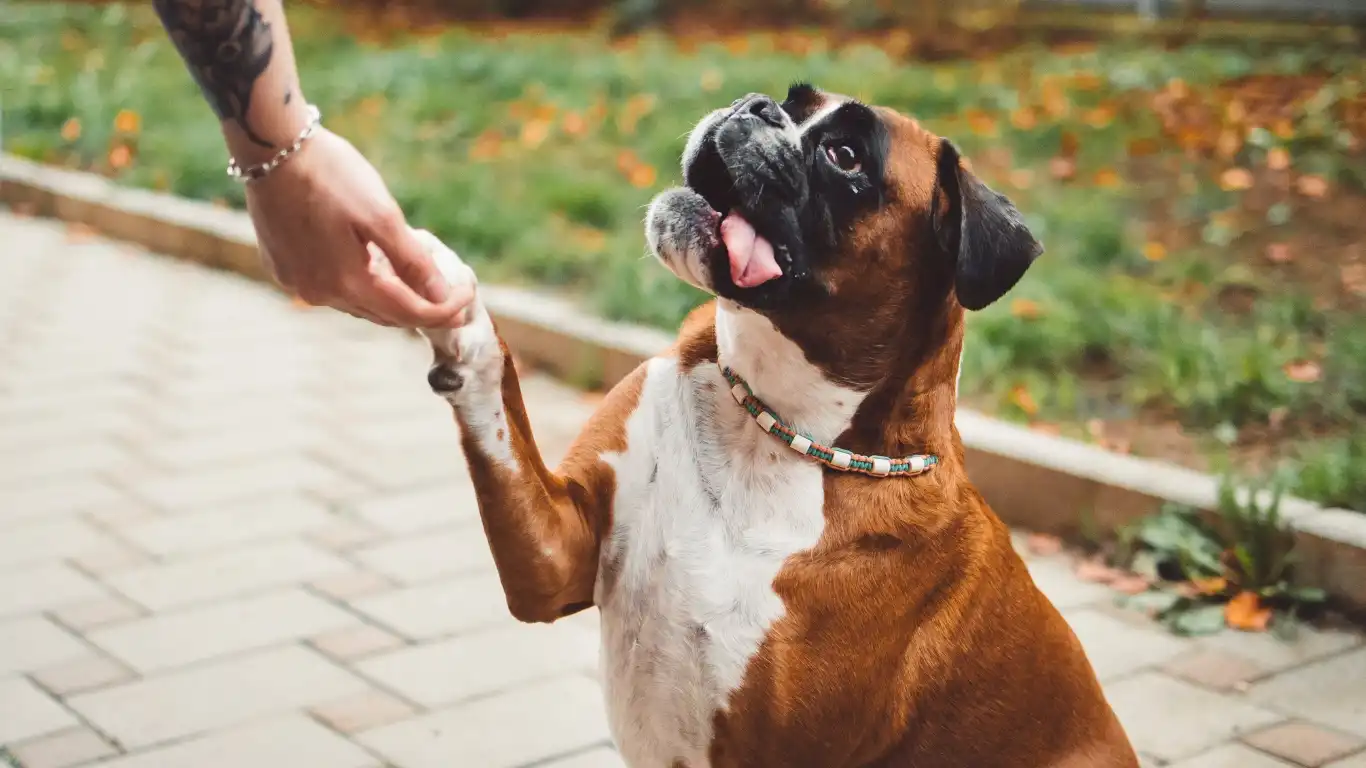
It’s not always obvious whether a toy is doing its job — especially for first-time puppy parents. But there are some clear signals to look for when figuring out if your chosen toy is a hit or a miss.
Signs the toy is a winner:
- They chew it daily without destroying it in minutes
- They carry it around the house like it’s their prized possession
- Their teething discomfort seems to ease after playing with it
- You don’t find them chewing forbidden objects as often
Signs it’s not the right fit:
- They sniff it and walk away
- It’s too hard — they avoid it completely or whimper when biting
- It’s so soft they shred it in one sitting (and maybe eat part of it… yikes)
- They show no interest after repeated tries and redirection
In the clinic, I’ve had pet parents bring in a whole bag of “rejected” chew toys. If this is you — you’re not alone. Some pups are picky! The key is finding that sweet spot between safe, soothing, and satisfying.
When to Talk to Your Vet or Vet Tech About Teething
While teething is usually a pretty smooth ride with the right support, there are times when it’s best to loop in your vet or vet tech (yep, I’m always here for that). Some signs that might warrant a professional check include:
- Bleeding gums or bad breath: Mild gum bleeding is normal, but if it’s heavy or persistent, it could be a sign of a retained tooth or infection.
- Excessive drooling, whining, or pawing at the mouth: These could indicate discomfort that goes beyond normal teething.
- Loss of appetite or difficulty chewing food: This one’s big — teething shouldn’t interfere with your pup’s nutrition.
- Retained baby teeth: Sometimes baby teeth don’t fall out on their own and can cause crowding or alignment issues. Your vet might recommend extraction.
We had a sweet little Boxer pup in the clinic last month who still had two baby canines at 7 months old. They weren’t budging, and her adult teeth were growing in at a weird angle. A quick procedure later, and she was back to her happy, goofy self — chewing safely and comfortably.
Expert-Recommended Chew Toy Brands to Explore
There are tons of options on the market, but not all brands are created equal. Based on what I’ve seen hold up (and what’s consistently safe and effective), here are some brands I confidently recommend:
- KONG – Their puppy-specific line is unbeatable for teething relief and enrichment.
- Nylabone – Be sure to choose the puppy variety — softer and designed for delicate gums.
- Chewy (house brand & curated toys) – They actually label products based on chewing strength and age. Super helpful for new pet parents.
- Petstages – Especially great for their cool teething sticks and variety packs.
All of these brands are vet-trusted, safety-tested, and have stood the test of time — both in my clinic experience and from personal use with clients’ pups.
References
Disclaimer
This article is based on my professional experience as a Veterinary Technician and is intended for informational purposes only. It should not replace personalized medical advice from your veterinarian. Always consult your vet before introducing new chew products, especially if your puppy has unique health needs or behavioral concerns.


